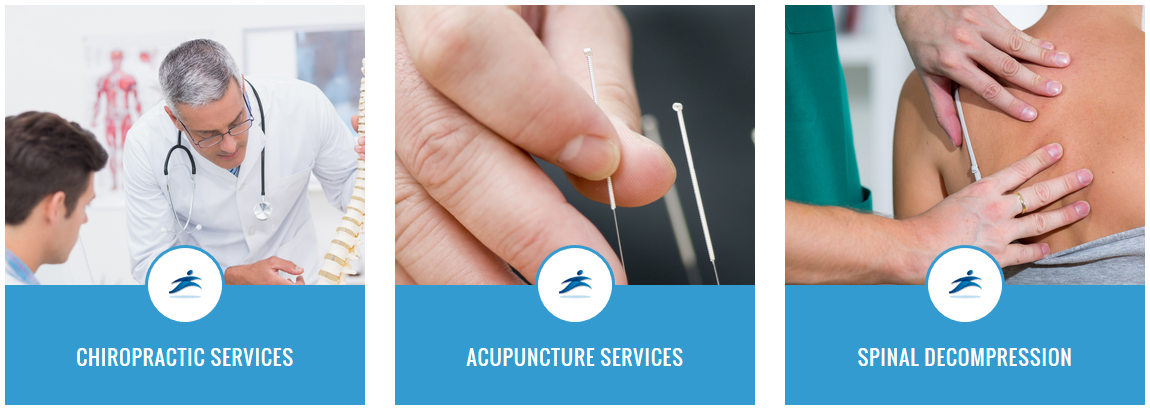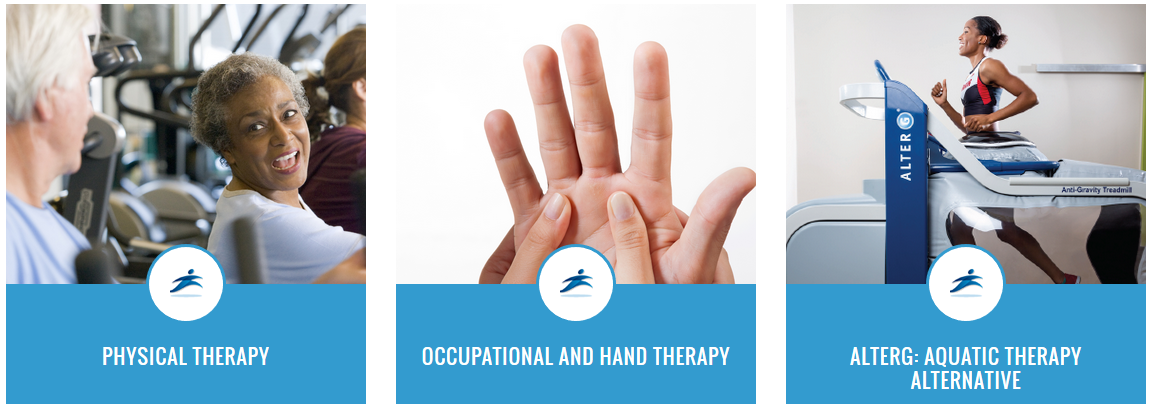What is Carpal Tunnel Syndrome?
The carpal tunnel is a passageway in the wrist where tendons and the median nerve pass through into the hand. If for some reason this passageway is narrowed, pressure is placed on the median nerve which causes discomfort and pain. The median nerve starts at the base of your neck, travels down your arm in front of the elbow, and into the wrist via the carpal tunnel. It provides sensory information to the thumb, index, middle, and half of the ring fingers.
Symptoms of Carpal Tunnel Syndrome
Those suffering from carpal tunnel syndrome can experience numbness, pain, tingling, and weakness in the wrist, loss of feeling in fingers, pain in the neck and/or down the arm. Most often the pain is in the wrist, thumb, index, middle, and ring fingers. In severe cases, the thumb may lose function because no nerve stimulation is received.
Causes of Carpal Tunnel Syndrome
Basic causes of carpal tunnel syndrome include obesity, arthritis, diabetes, smoking, and wrist injury. Pregnant women may show symptoms in the later parts of their pregnancy. The most common reason you may suffer from carpal tunnel syndrome is from making the same hand movements over time, especially with bent wrists, such as typing on a keyboard without proper support. It can also be caused at the gym if you are holding weights with bad form.
Treatment Options
Those diagnosed with carpal tunnel are encouraged to decrease the activity which causes pain. Other treatments include taking NSAIDs(ibuprofen, naproxen sodium, etc.) to reduce inflammation, wearing splints to keep the wrist neutral, and using proper posture. Incorporating fish oils, turmeric, ginger or other inflammation reducing foods into your diet can also help. Taking Vitamin B and Vitamin C supplements can promote healing. In severe and untreated cases, surgery may be necessary. There are also at home exercises one can do to help promote flexibility and increase strength in the wrist.
Simple Stretches to Ease Carpal Tunnel Pain
The Prayer Stretch
Start with your palms together under your chin. Bring your hands slowly down towards your waist. You should feel the stretch on the backside of your hands.
The Shake
Shake your hands out in-between stretches to make sure you’re getting proper blood flow to your hands.
The Wrist Extension
Hold your arm out in front of you, palm facing down. Using your other hand, push down on the back of your hand until you feel the stretch. If you feel pain, STOP! You don’t want to cause damage to your wrists. Be gentle, and proceed SLOWLY.
The Wrist Flex
This one is similar to the wrist extension, however this time you will start with you palm facing up. Slowly, pull down on your fingers(stay closer to your palm, you don’t want to hurt your fingers when doing this stretch) with your free hand. If you feel pain, STOP! Take care to stretch slowly and pain-free.
*Please consult your physician if you are experiencing severe pain.



